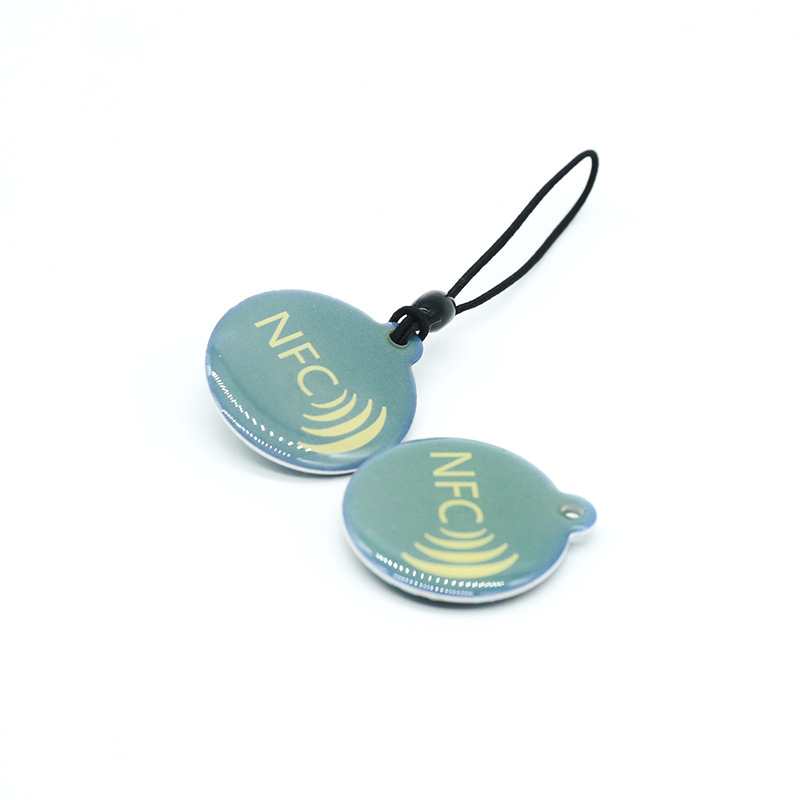Near Field Communication (NFC) is a wireless communication technology that allows two devices to communicate with each other when they are in close proximity, typically within a few centimeters. NFC tags are small, passive devices that can store information, such as URLs, text, or contact information. In this article, we’ll discuss how to program NFC tags and the tools and software required to do so.
Step 1: Choose Your NFC Tag
The first step in programming an NFC tag is to choose the appropriate tag for your application. NFC tags come in various forms factors, such as stickers, wristbands, and cards. Some tags are designed for specific applications, such as access control or payment systems, while others are more general-purpose.
When selecting an NFC tag, consider the amount of storage capacity required, the read range, and the form factor. Also, be aware of the different types of NFC tags, such as NFC Type 1, Type 2, Type 3, and Type 4, and ensure that the tag you choose is compatible with your device and the application you are using.
Step 2: Install NFC Programming Software
Once you have chosen the NFC tag, the next step is to install the programming software on your device. There are several software options available for programming NFC tags, such as NXP TagWriter, Trigger, and NFC Tools. Some software is available for both Android and iOS devices, while others are only available for Android devices.
Step 3: Create and Write NFC Data
After installing the programming software, the next step is to create and write the NFC data to the tag. This involves selecting the type of data you want to store on the tag, such as a URL, text, or contact information, and then writing the data to the tag.
To write the data to the tag, hold the tag near your device and follow the instructions provided by the software. Some software may require you to enter the data manually, while others may allow you to import the data from other sources, such as a spreadsheet or contact list.
Step 4: Test the NFC Tag
Once you have programmed the NFC tag, the final step is to test the tag to ensure that it is functioning correctly. To test the tag, hold it near an NFC-enabled device, such as a smartphone or tablet, and verify that the data is read correctly.
If the data is not read correctly, try holding the tag closer to the device or reprogramming the tag with the appropriate data. Additionally, make sure that the NFC-enabled device is compatible with the type of tag you are using and that the device is configured to read the tag.
Conclusion
Programming NFC tags are a simple and effective way to store and share information in a wireless and convenient way. By following these simple steps and using the appropriate software and tools, anyone can program NFC tags for a variety of applications, such as access control, payment systems, and marketing campaigns. Whether you are a business owner or a consumer, NFC tags can provide a convenient and innovative way to interact with the digital world.











